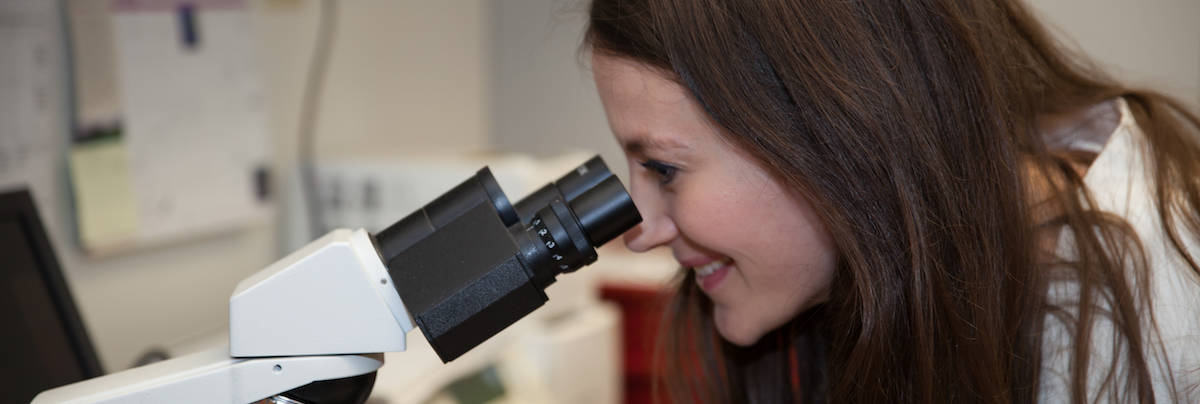The diagnosis of skin cancer can flip your whole world upside down. Fear and uncertainty are very common feelings to experience as you begin processing information and determining your next steps. We want to help you navigate this time in your life by carefully and diligently walking you through all of your treatment options and answering your questions. Knowing what to expect is a great way to ease worry and anxiety.
If you are diagnosed with skin cancer, we will likely recommend Mohs surgery for your skin cancer treatment. The Mohs technique, also known as Mohs micrographic surgery, was developed by Frederick Mohs in the 1930s and is the single most effective technique for removing common cancers. One of the reasons why the Mohs technique is still so widely used among surgeons today is because it completely removes cancerous cells while maintaining the greatest amount of healthy skin tissue. With the Mohs technique, cure rates for Basal Cell Carcinoma and Squamous Cell Carcinomas are 98 percent.
Mohs surgery is usually performed in an outpatient setting with local anesthesia. You will be fully awake during the procedure, but will not feel any pain or discomfort. Your Mohs surgeon will begin the process by cutting out a small piece of the tumor with a standard scalpel. The removed tissues will then be frozen and stained so that your surgeon can view it under a microscope. One of the biggest benefits of Mohs surgery is that your surgeon can view the tissue during the procedure—there’s no need to send it away to a lab and wait for the results. If the surgeon can see visible roots in the tumor, he or she will then remove another layer of the tumor and repeat the process until all of the cancer is gone.
After the last of the cancer is removed, you will be stitched up. Depending on how many layers of tumor need to be removed, the entire procedure could take approximately one to three hours. That being said, time away from physical activity can take anywhere from a few days to a few weeks.
For more information about Mohs surgery, call us at 317-838-9911 (for the Plainfield location) or 317-732-8980 (for the Zionsville location). One of our friendly staff members will be happy to answer your questions and get an appointment scheduled.
Disclaim: This blog provides general information and discussion about medical, cosmetic, mohs, and surgical dermatology. The words and other content provided in this blog, and in any linked materials, are not intended and should not be construed as medical advice. If the reader or any other person has a medical concern, he or she should consult with an appropriately-licensed dermatologist or other health care worker.
